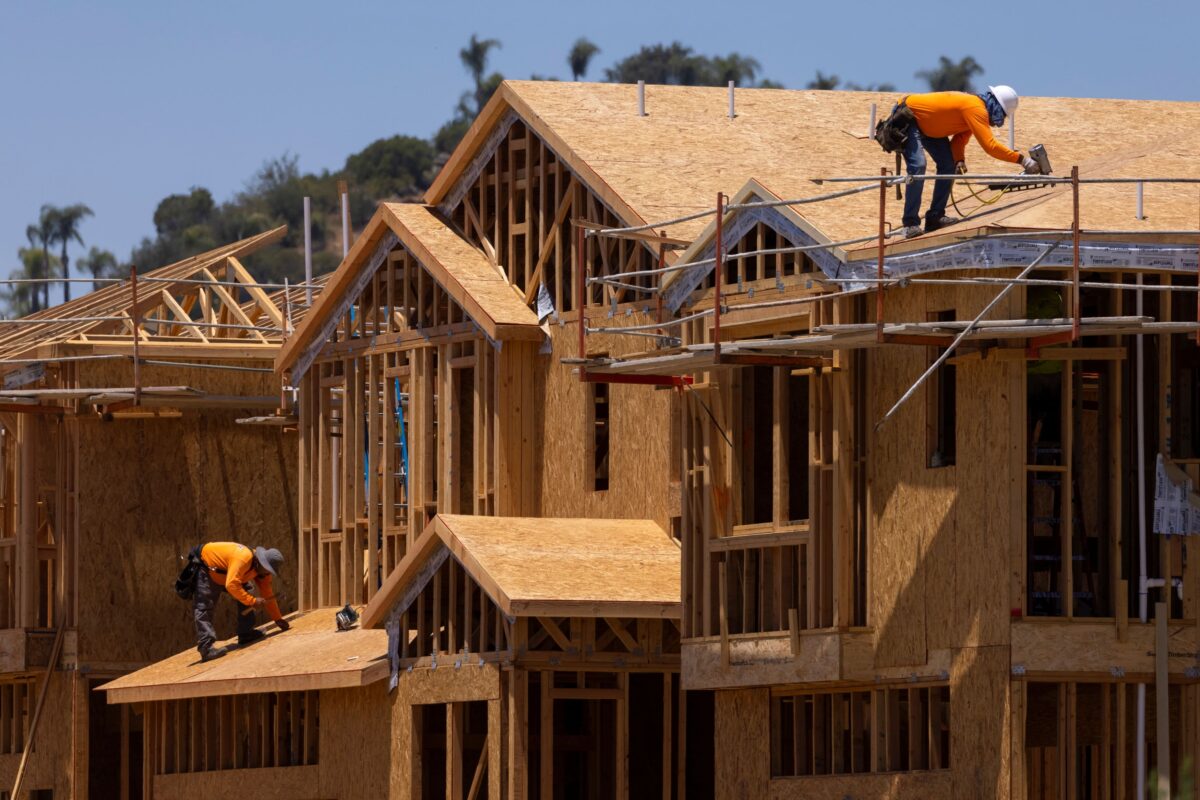By: Gabriella Cruz-Martinez
Housing starts, which include new single- and multi-family units, decreased to a seasonally adjusted annual rate of 1.434 million units in June, according to the Census Bureau, down 8% from May’s revised rate of 1.559 million units. That was 8.1% below a year ago and under the 1.480 million units economists had predicted.
New construction was up a whopping 21.7% in May over April.
Permits to build were at an annualized rate of 1.440 million units in June, 3.7% below May’s revised rate of 1.496 million units, with modest increases in applications on the single-family and multi-family sides. The figure came in lower than the expectation of 1.500 million.
The shortage of previously owned homes for sale has given homebuilders an edge in today’s market, as they’ve continued to ramp up construction of new units in recent months. But that may not last.
Rising costs of imported raw materials such as aluminum, softwood lumber, and steel could cause delays in new builds, the National Association of Home Builders (NAHB) found.
“The lack of resale inventory means prospective home buyers who have not been priced out of the market continue to seek out new construction in greater numbers,” NAHB chief economist Robert Dietz wrote in his Eye on Housing blog.
Single-family housing starts in June dropped to a rate of 935,000, 7% below May’s revised estimate of 1,005,000. On the multi-family side, starts in June were 482,000, also down from approximately 624,000 from the month prior.
At the same time, building permits for single-family home construction rose to a seasonally adjusted annual rate of 922,000, up 2.2% from May’s revised rate of 902,000.
Building permits for multi-family homes were at a rate of 467,000 in June, down from approximately 542,000 the previous month.
New construction has become a larger part of today’s housing market. More than a 33% of homes on the market this spring were new construction, the NAHB estimated. That share is historically 13%.

